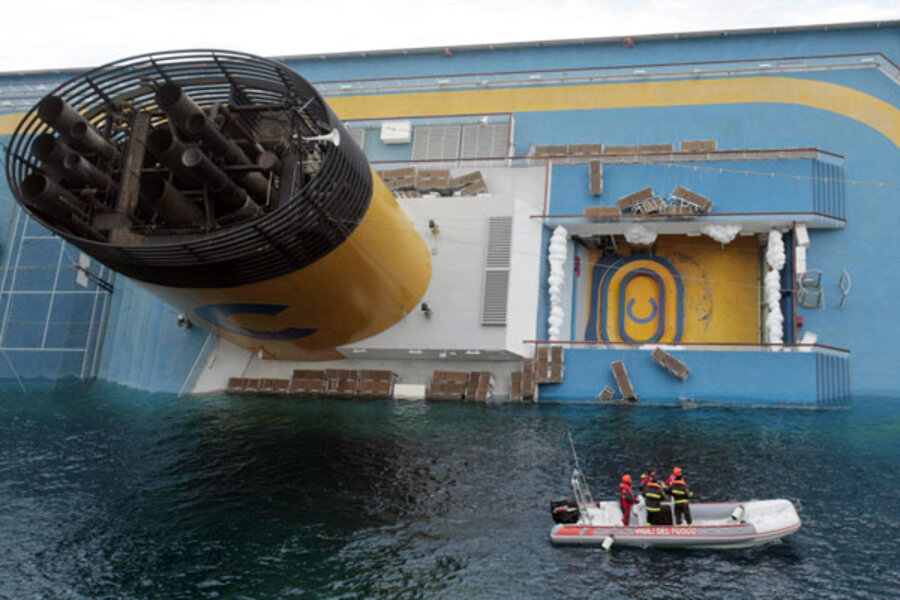When a collision or grounding takes place, the captain must take many pieces of information into consideration before a full understanding of the circumstances can be reached, says Mr. Loh.
“Just because you run aground doesn’t mean the vessel will tip over,” Mr. Loh says. “How bad the hit was, how much water is coming aboard, …is the boat listing immediately,” all need to be accurately evaluated. “That may take some time,” he says, and can lead back to the question of how many people are on duty.
“If you have a lot of look-outs on the bridge, you can send someone to see what happened, guage the level of seriousness, and respond more quickly,” says Mr. Loh.
Furthermore, the captain does not gather all of the pertinent information of a collision on his own. The Chief Engineer evaluates whether or not a vessel will list, or tip over. The Chief Mate typically aids in evaluating the stability of a vessel and measuring fuel, cargo, and people. He will assist in figuring out how stable the boat is taking those numbers into consideration, says Mr. Loh. “The Chief Mate and Engineer should have some important knowledge or understanding about what’s going on … and we haven’t heard anything about them.”
Regardless, the crew "could have called Mayday earlier," says Loh.







